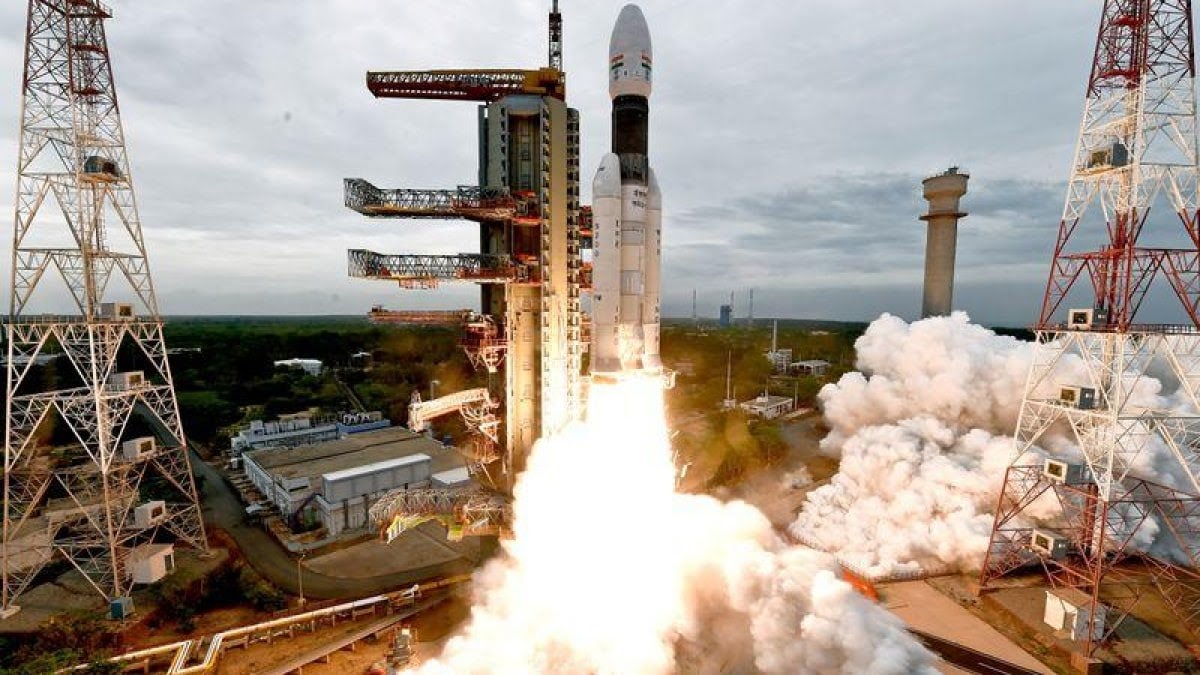Vamsi
New Member
- Joined
- Jun 27, 2020
- Messages
- 4,858
- Likes
- 29,459
MSTAR signs MoU with IN-SPACe for development of all liquid (semi-cryo) small sat LV
 m.economictimes.com
m.economictimes.com

MTAR Technologies on Monday said that it has signed a pact with with IN-SPACe India for design and development of a two-stage to low-earth orbit all-liquid small satellite launch vehicle. "MTAR has signed an MoU (memorandum of understanding) with Indian National Space Promotion and Authorization Centre (IN-SPACe) for design and development of a two-stage to low-earth orbit all-liquid small satellite launch vehicle powered by semi cryogenic technology with a payload capacity of 500 kilogram," a company statement said.
"MTAR has consistently embraced innovation to indigenise new technologies for India. Now the company is taking a leap forward to graduate from precision engineering to complete system integration by initiating the development of a two-stage to low-earth orbit all-liquid small satellite launch vehicle project to address a payload of 500 kg in the low-earth orbit. The company has adopted all-liquid route to leverage more than three decades of expertise in manufacturing liquid propulsion engines," said Parvat Srinivas Reddy, managing director of MTAR Technologies Ltd.
@Swesh @Indx TechStyle
mtar technologies: MTAR, IN-SPACe India ink pact for development of all-liquid small satellite launch vehicle - The Economic Times
"MTAR has signed an MoU (memorandum of understanding) with Indian National Space Promotion and Authorization Centre (IN-SPACe) for design and development of a two-stage to low-earth orbit all-liquid small satellite launch vehicle powered by semi cryogenic technology with a payload capacity of...
MTAR Technologies on Monday said that it has signed a pact with with IN-SPACe India for design and development of a two-stage to low-earth orbit all-liquid small satellite launch vehicle. "MTAR has signed an MoU (memorandum of understanding) with Indian National Space Promotion and Authorization Centre (IN-SPACe) for design and development of a two-stage to low-earth orbit all-liquid small satellite launch vehicle powered by semi cryogenic technology with a payload capacity of 500 kilogram," a company statement said.
"MTAR has consistently embraced innovation to indigenise new technologies for India. Now the company is taking a leap forward to graduate from precision engineering to complete system integration by initiating the development of a two-stage to low-earth orbit all-liquid small satellite launch vehicle project to address a payload of 500 kg in the low-earth orbit. The company has adopted all-liquid route to leverage more than three decades of expertise in manufacturing liquid propulsion engines," said Parvat Srinivas Reddy, managing director of MTAR Technologies Ltd.
@Swesh @Indx TechStyle


